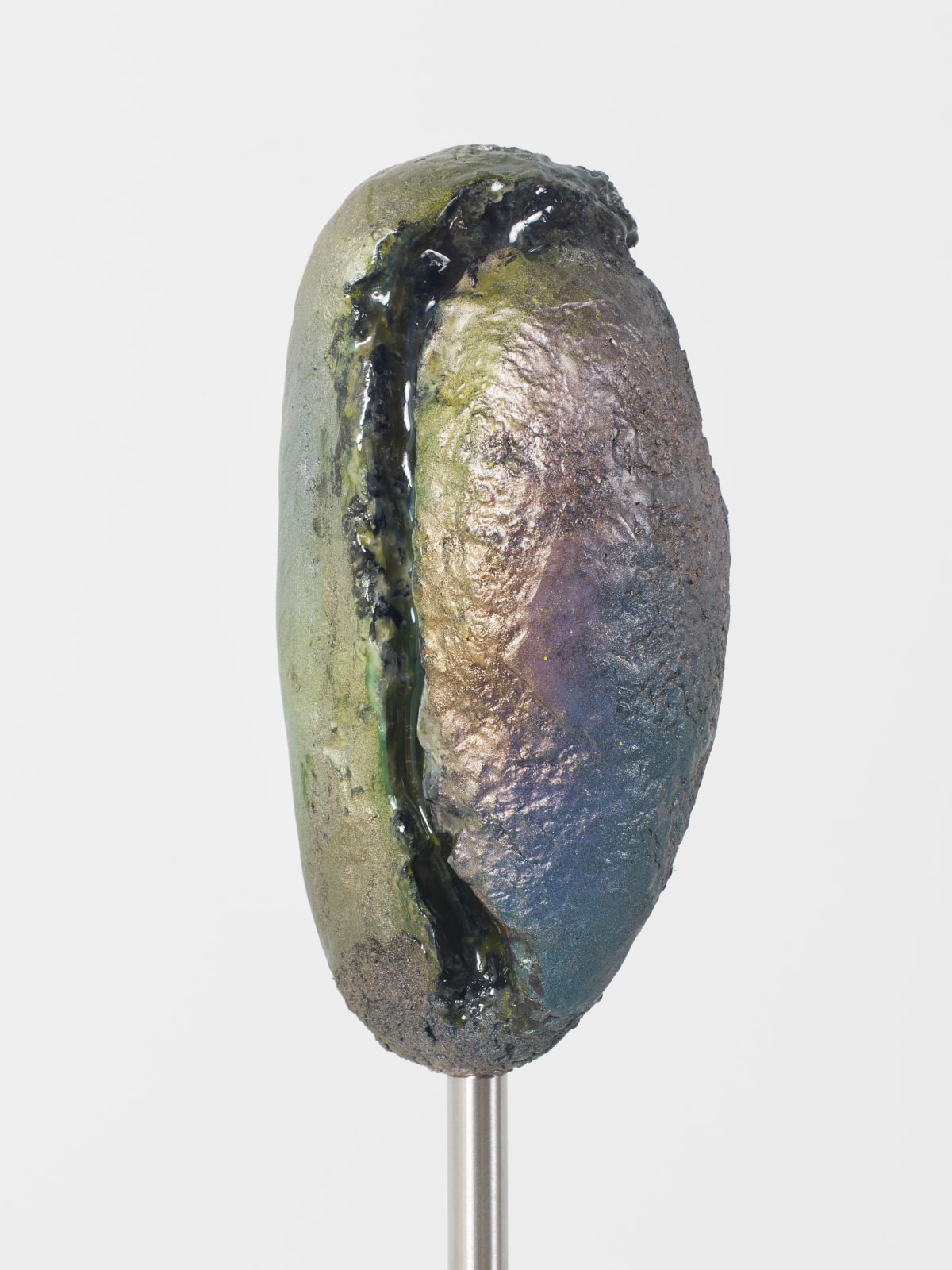Paloma Bosquê
Búzio (cosmic pussy), 2024
dyed cotton mass, resin and spray paint
19 x 10 x 8 cm
7 1/2 x 4 x 3 1/8 in
7 1/2 x 4 x 3 1/8 in
